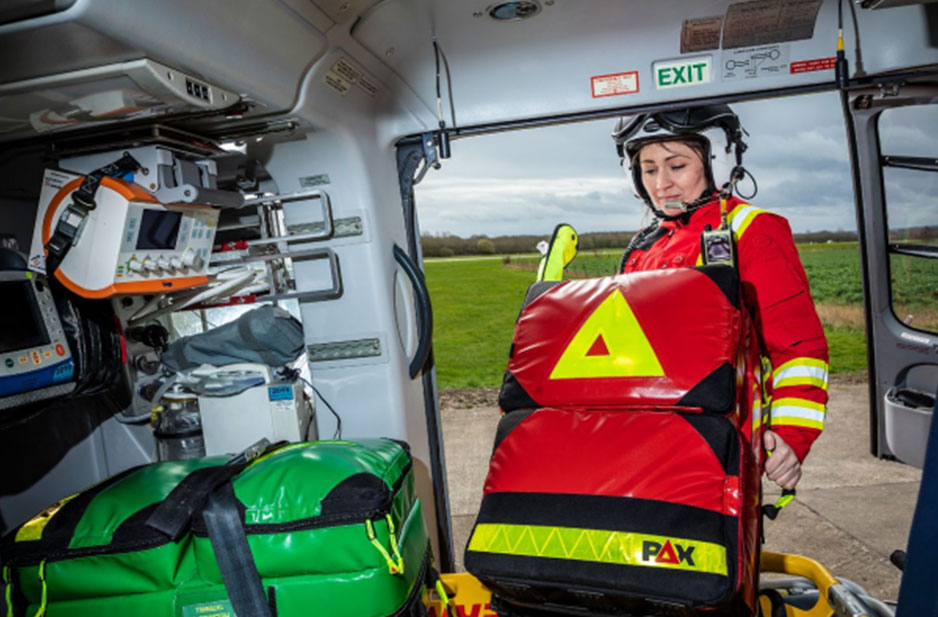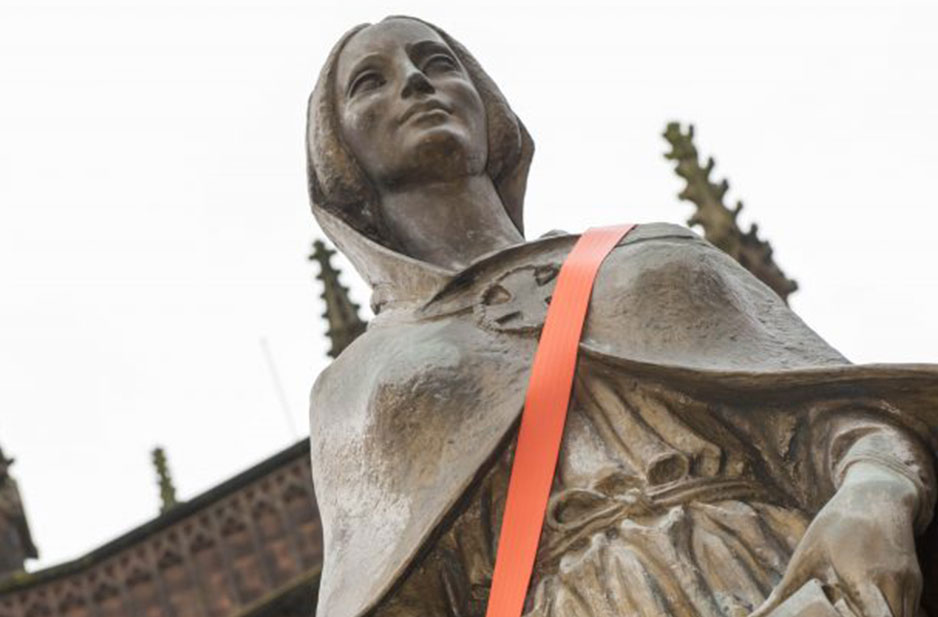Free Pet Workshops across West Midlands this half-term
To help parents keep kids entertained throughout the February half term holidays, Pets at Home is once again offering its fun and free interactive My Pet Pals workshops, every day in stores from 11.30am, plus there’s a free bag of wild bird seed with every workshop booking.
The woodland themed workshops will be hosted by the friendly and knowledgable pet care advisors and offer fun-filled activities to help children learn how to care for wild birds, hedgehogs and small furry pets including guinea pigs and hamsters.
Children will have the chance to take part in interactive games, meet the small furry residents and complete a fun activity booklet based on what they have learnt. At the end of the session, children will be awarded stickers and a certificate in a goody box.
The workshops are aimed at children between the ages of 5-11 and will take place throughout February half term in stores across West Midlands at 11.30 am and will last for approximately half an hour.
Kerry Boulton, store manager at the Pets at Home Oldbury store, said: “Our free My Pet Pals workshops continue to be a big hit with local families. They’re a great way for parents and children to learn the importance of animal welfare and how we can all care for local wildlife. Our expert pet care advisors tailor the workshops to ensure they are fun, interactive and educational.”
The workshops will also cover the five key welfare needs for small furries including shelter, food, water, good health, appropriate company and the right living environment.
The free workshops will run every day during the February half-term school holidays and bookings can be made at petsathome.com/petworkshops.













































